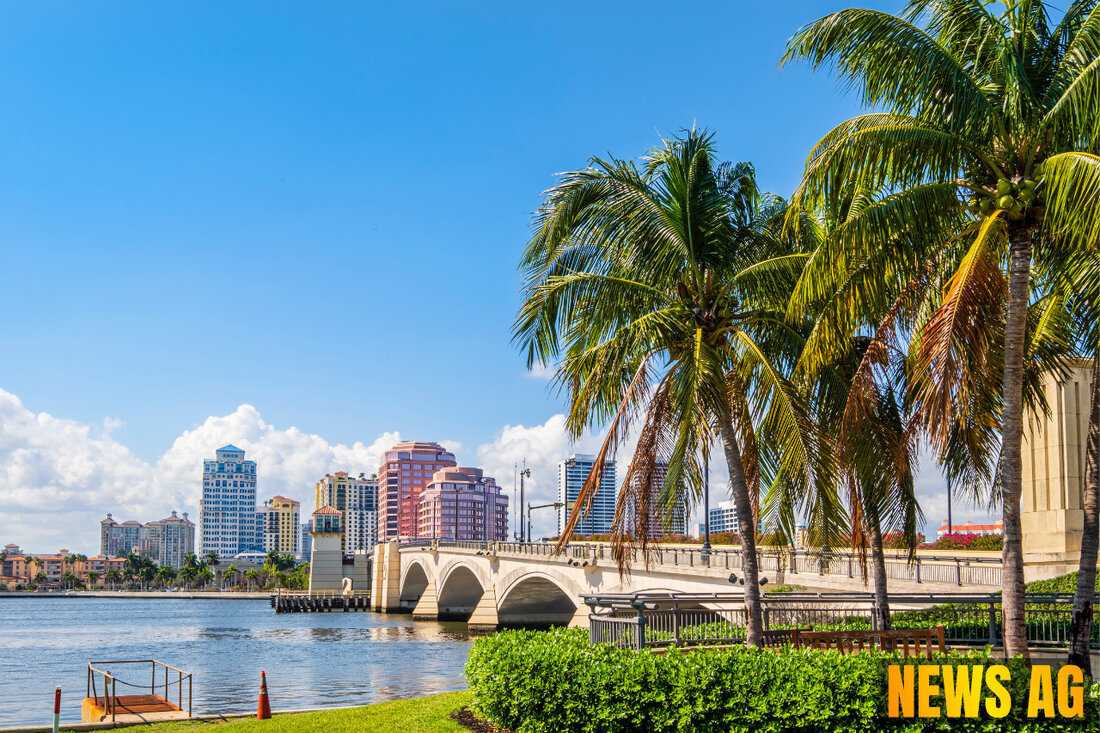Outrage Erupts as Endangered Manta Ray Captured in Painful Incident!
A South Florida company’s capture of an endangered manta ray sparks outrage as concerns over animal welfare and conservation laws grow.

Outrage Erupts as Endangered Manta Ray Captured in Painful Incident!
The recent capture of an endangered giant manta ray off the Florida Panhandle has ignited a wave of backlash from wildlife advocates and the community. A video documenting the incident, filmed by Denis Richard, CEO of Water Planet USA, captured the moment when he initially mistook the creature for a shark before realizing it was a manta ray struggling on the boat deck. The footage shows the distressed female manta ray placed in a kiddie pool, raising immediate concerns about its well-being and the legality of the capture.
Under the U.S. Endangered Species Act, the giant manta ray (Mobula birostris) is protected, and its unauthorized capture is strictly prohibited. However, the Florida Fish and Wildlife Conservation Commission (FWC) confirmed that the capture was sanctioned through a Marine Special Activity License. This license permits activities like scientific research and exhibition, which raises questions about the ethical implications of such permits for endangered species. Richard has vocally criticized this practice, urging a reevaluation of how local resources are managed and exploited. Despite reaching out for comments, neither SeaWorld nor Dynasty Marine Associates, the company responsible for the capture, have responded.
Conservation Concerns
The giant manta ray faces numerous threats that have put its population at risk, predominantly fishing-related mortality, particularly in regions such as the Indian Ocean and the Pacific. According to the Federal Register, international demand for manta ray products has led to excessive catching, further diminishing local populations. Low reproductive rates make recovery a challenging goal.
The National Marine Fisheries Service (NMFS) acknowledges these challenges and has devised a draft recovery plan focused on the survival of the giant manta ray. This plan includes management actions that intend to address existing threats, monitoring key stressors such as climate change, and educating fishermen on best practices to reduce harm. The draft outlines measurable criteria aimed at possibly removing the species from threatened status, as described on the NOAA website.
A Call for Renewable Action
As part of the recovery efforts, NMFS plans to gather public input on its draft recovery plan. The agency is set to entertain comments regarding objectives and criteria for recovery following its publication in the Federal Register later this year. In December 2019, a recovery outline was developed which indicates that both the public and experts will have roles in shaping the final plan.
The situation around the manta ray capture serves as a stark reminder of the balance that needs to be struck between scientific research and conservation ethics. Residents and activists alike are left pondering—how can we safeguard our marine wildlife while still pursuing legitimate scientific and educational endeavors? There’s undoubtedly much to be done in fostering a sustainable coexistence with these majestic creatures.
